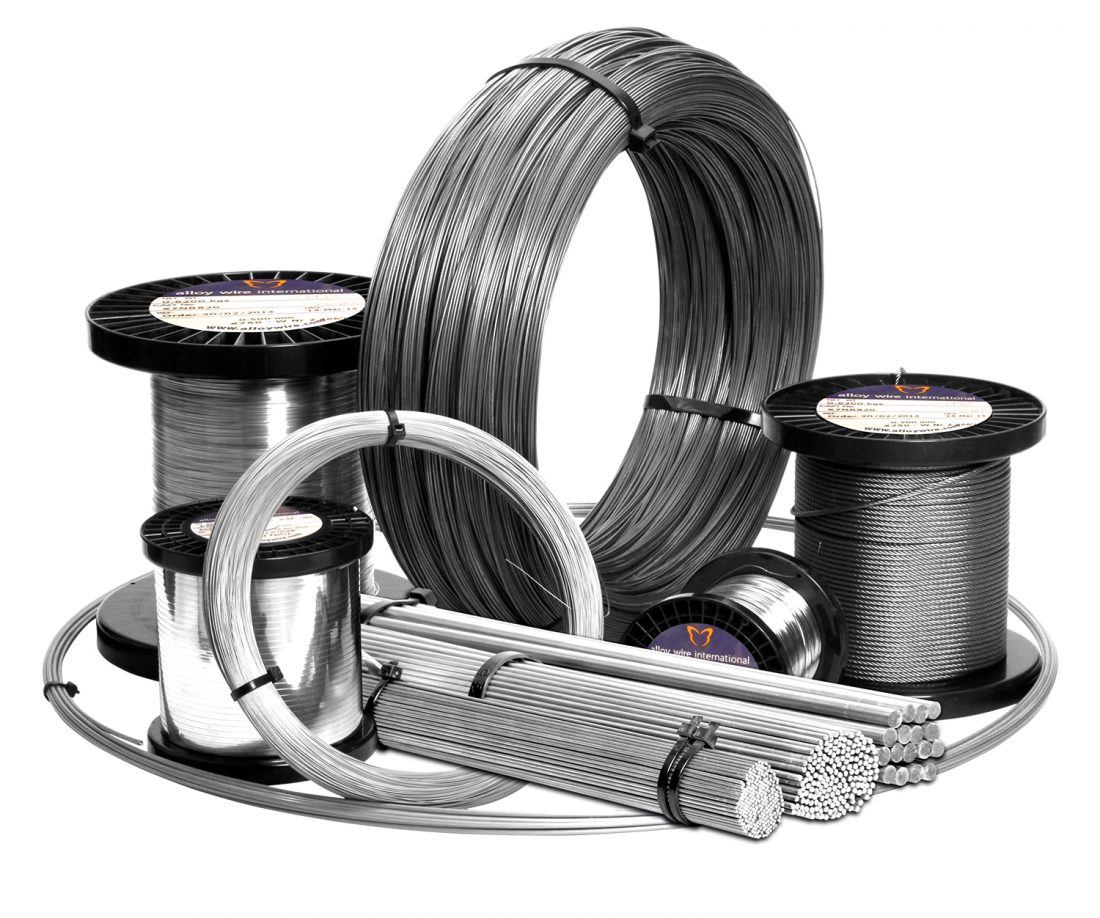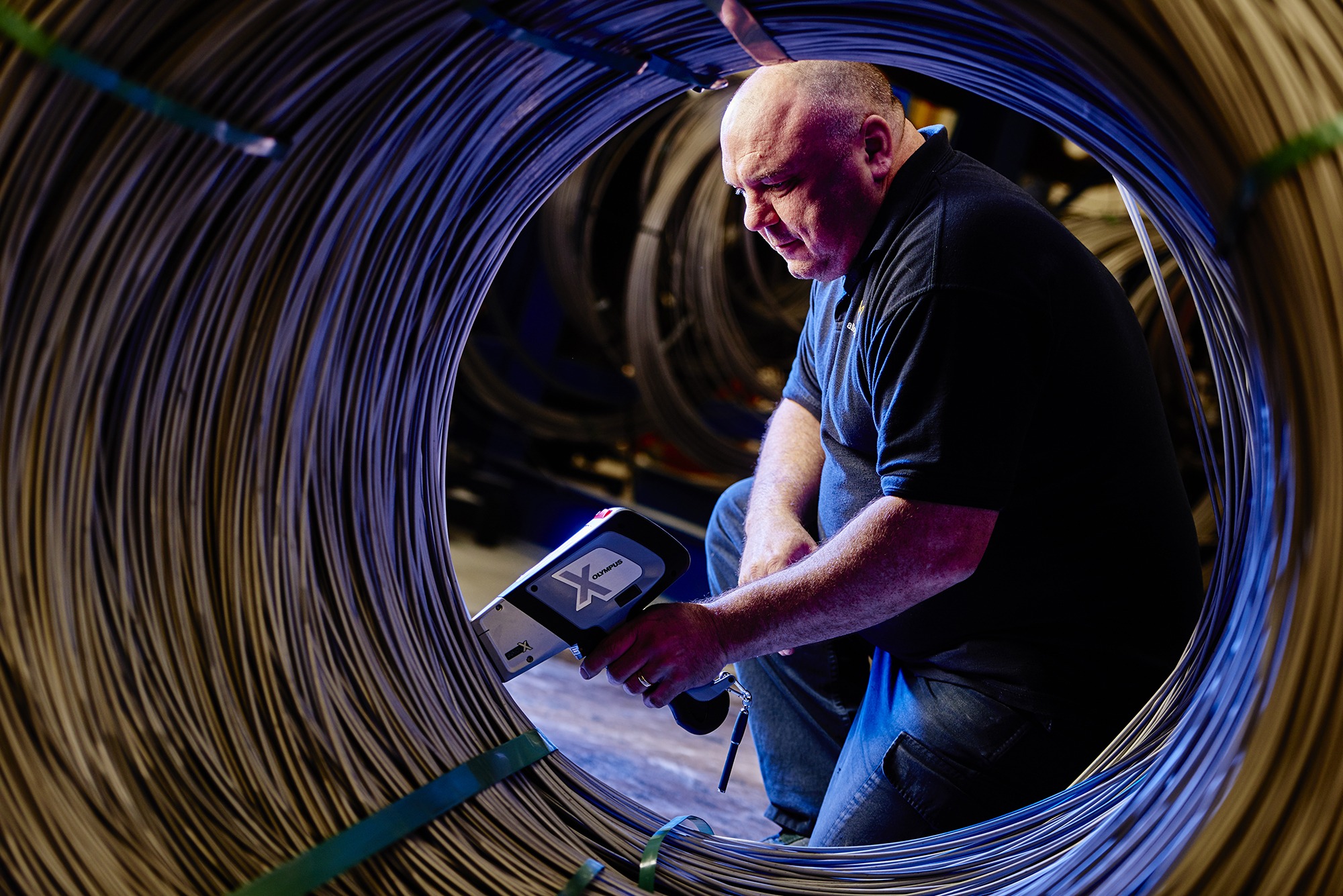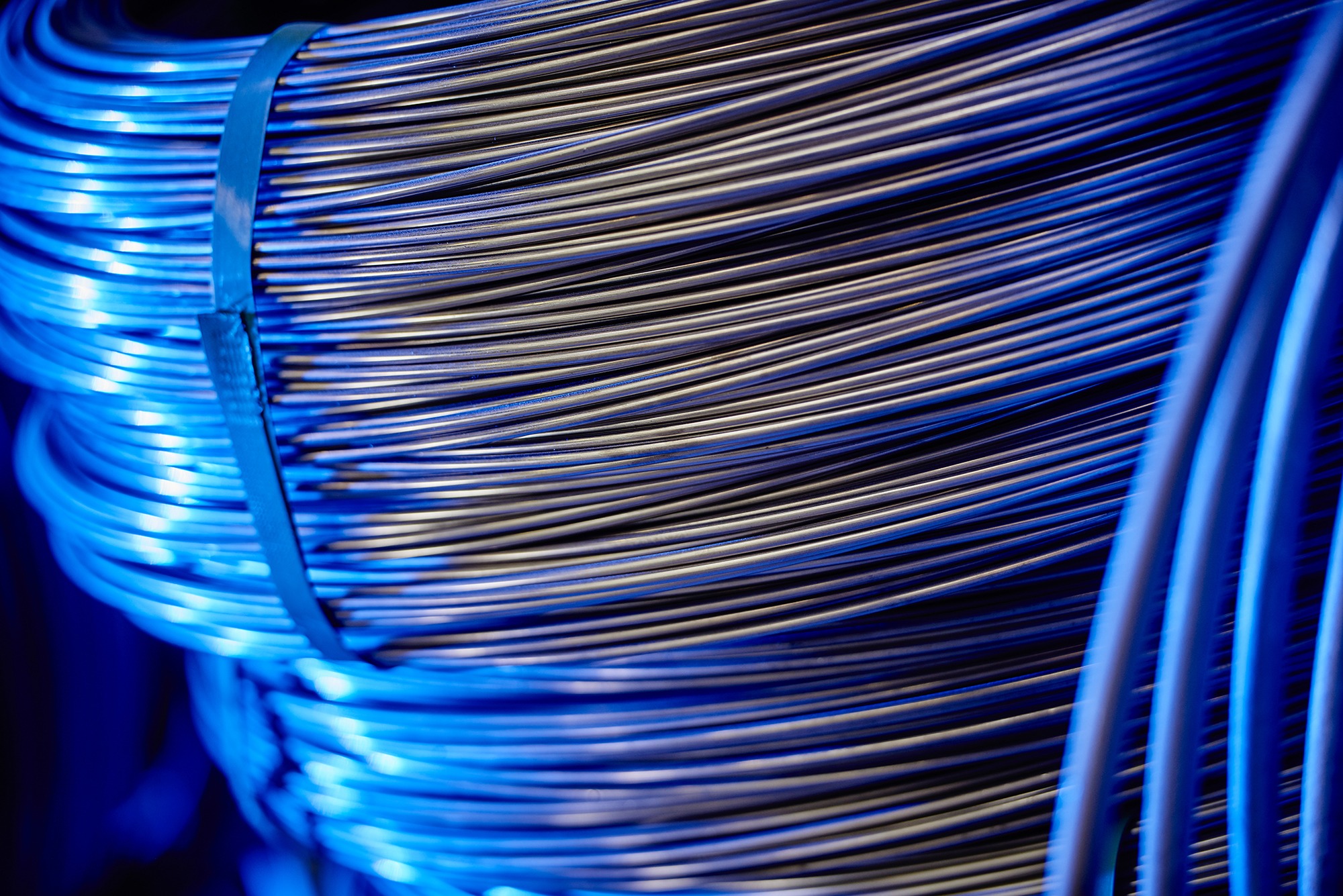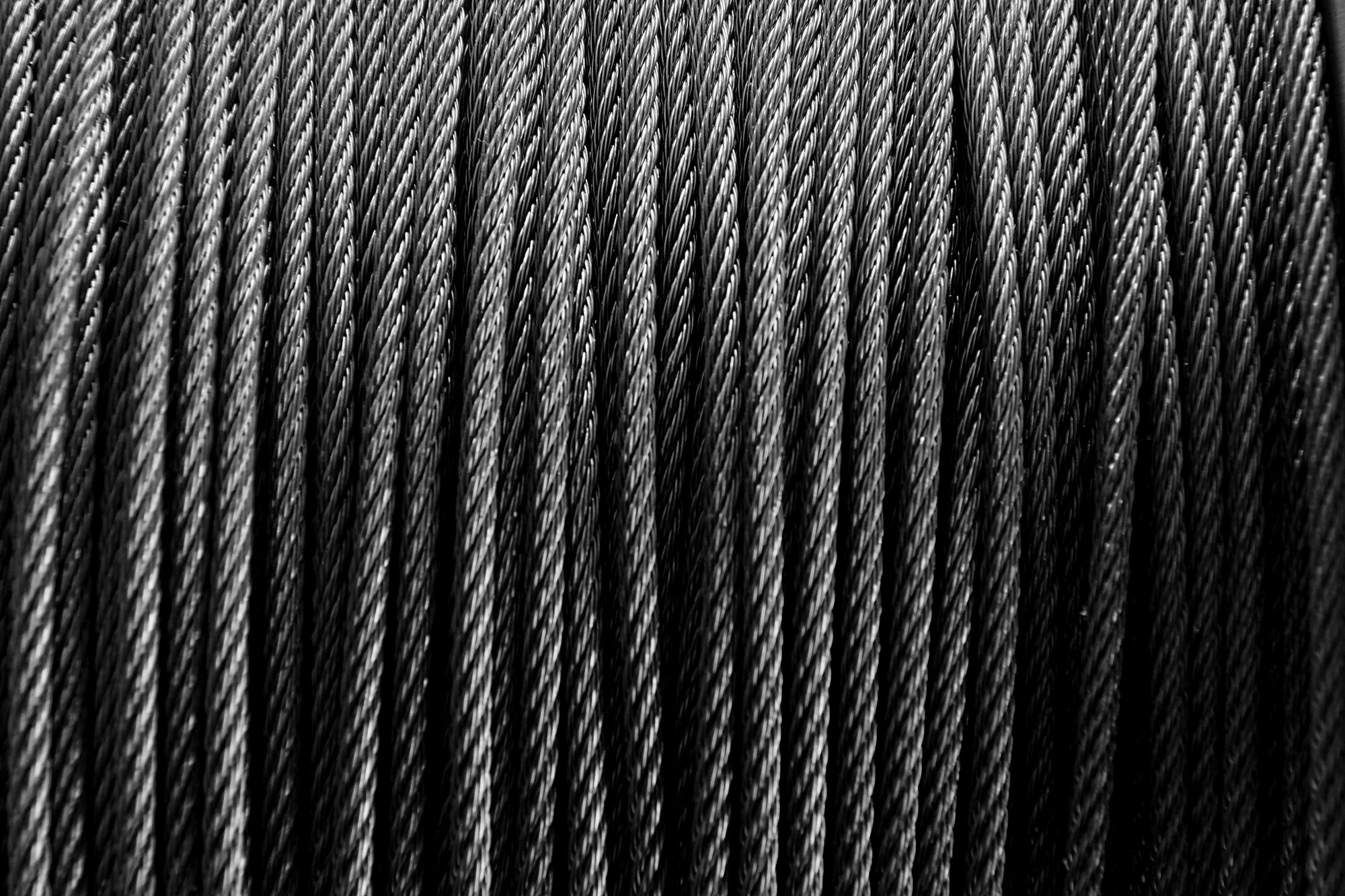
Alloy Wire International
Datenblatt: Hastelloy˘ X
Hastelloy˘ X
Hastelloy X ist eine Nickel-Chrom-Eisen-Molybdän-Legierung mit einer außergewöhnlichen Kombination aus Oxidationsbeständigkeit, einfacher Herstellung und Hochtemperaturfestigkeit. Es hat sich auch als außergewöhnlich widerstandsfähig gegen Spannungsrisskorrosion in petrochemischen Anwendungen erwiesen.
Hastelloy X ist auch als Inconel HX, Nicrofer 4722 Co und Pyromet 680 bekannt.
Erhältlich in allen Profiloptionen

Haupteigenschaften
Hastelloy X offers the following key features:
Außergewöhnliche Oxidationsbeständigkeit.
Hochbeständig gegen Spannungsrisskorrosion in petrochemischen Anwendungen.
Typische Anwendungen
Hastelloy X is known to be suitable for the following applications:
Gasturbinentriebwerke
Industrieöfen
Chemische Verarbeitung
Petrochemische Industrie
Bezeichnungen
Wkst. Nr. 2.4665
UNS N06002
AWS 057
Spezifikationen
AMS 5754
AMS 5798
ASTM B619
GE B50A463
GE B50A655
ISO 15156-3 (NACE MR 0175)
Chemische Zusammensetzung
The chemical composition of Hastelloy X is indicated in the table below:
| Element | Min % | Max % |
|---|---|---|
| Cr | 20.50 | 23.00 |
| Mo | 8.00 | 10.00 |
| Fe | 17.00 | 20.00 |
| W | 0.20 | 1.00 |
| C | 0.05 | 0.15 |
| Si | – | 1.00 |
| Co | 0.50 | 2.50 |
| Mn | – | 1.00 |
| P | – | 0.04 |
| S | – | 0.03 |
| B | – | 0.01 |
| Ni | bal |
Legierungsdetails
Hastelloy X density, melting point, coefficient of expansion, and modulus of elasticity is indicated in the table below:
| Dichte | Schmelzpunkt | Ausdehnungskoeffizient | Steifigkeitsmodul | Elastizitätsmodul |
|---|---|---|---|---|
| 8,22 g/cm³ | 1355 °C | 13,9 μm/m °C (20 – 100 °C) | 77,6 kN/mm² | 205 kN/mm² |
| 0,297 lb/in³ | 2470 °F | 7,7 x 10-6 in/in °F (70 – 212 °F) | 11255 ksi | 29733 ksi |
Wärmebehandlung von Fertigteilen
The typical heat treatment of Hastelloy X:
| Zustand wie von AWI geliefert | Typ | Temperatur | Zeit | Kühlen |
|---|---|---|---|---|
| Geglüht oder federhart | Spannungsarmglühen | 400 – 450 °C (750 – 840 °F) | 2 Stunden | Luft |
Eigenschaften
The typical mechanical properties of Hastelloy X:
| Glühen | ||
|---|---|---|
| Ungefähre Zugfestigkeit | <1050 N/mm² | <152 ksi |
| Ca. Betriebstemperatur je nach Belastung** und Umgebung | -200 bis +400 °C | -330 bis +750 °F |
| Federhart | ||
|---|---|---|
| Ungefähre Zugfestigkeit | 1350 – 1550 N/mm² | 196 – 225 ksi |
| Ca. Betriebstemperatur je nach Belastung** und Umgebung | -200 bis +400 °C | -330 bis +750 °F |
Die obigen Zugfestigkeitsbereiche sind typisch. Wenn Sie andere benötigen, fragen Sie bitte.
*Handelsname von Haynes International




